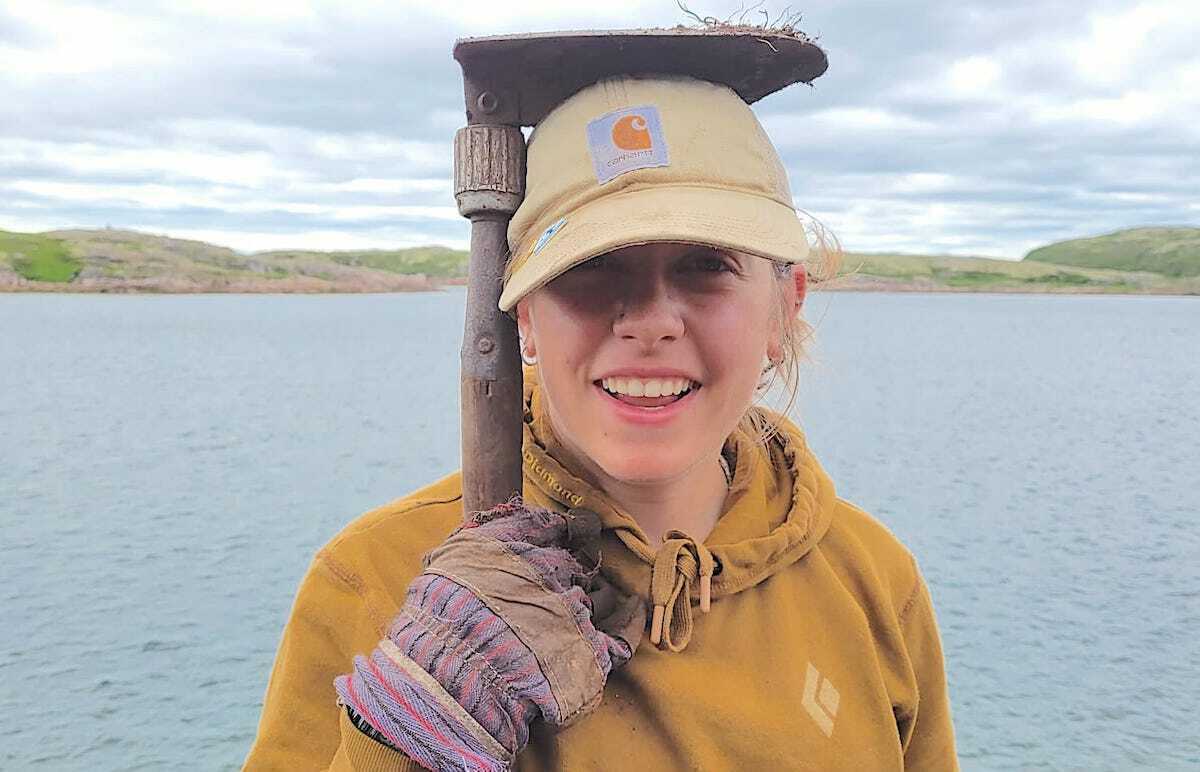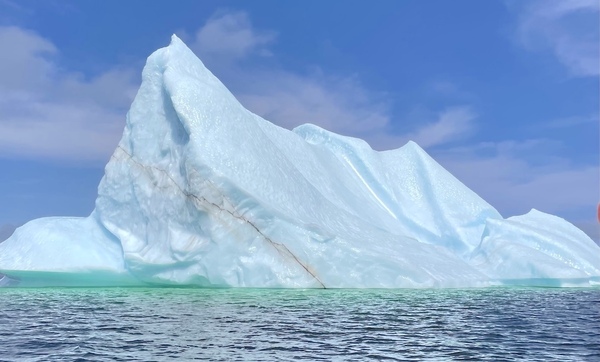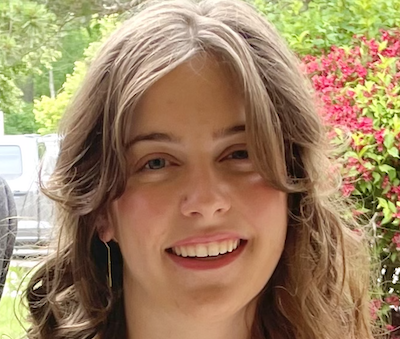
There’s learning from books and learning from immersive experiences. And last summer, Alyssa Miulli did the latter.
During an internship in Canada with the Smithsonian Institute, the University of Notre Dame history and anthropology major excavated 500-year-old artifacts of Basque mariners from France and Spain who built camps on an island while they hunted whales.
“Carbon dating of wood planks can give insight into a specific time range for whale hunting, the structure of the site may show what components of life were on land versus on the whaling vessels, and artifacts — such as leather shoes, a stone wall, and painted ceramics — can give a glimpse into domestic life,” Miulli said.
In addition to unearthing and inventorying roof tiles, flint, and cooking pots in Bonne-Espérance, Quebec, the junior immersed herself in the culture by eating seal meat, befriending locals, and making a short film about the region.
“For me, anthropology brings a distinctly human side to history,” said the Glynn Family Honors Program scholar.
Exhausting, precise, and rewarding
Miulli fell in love with anthropology during her University Seminar — Human Impact and the Environment: Past, Present & Future, taught by associate professor Donna Glowacki.
In the first-year class, she was encouraged to think deeply about anthropology in relation to the environment. She also appreciated Glowacki’s support during the Snite Museum of Art’s annual essay competition — which she won with “A Boy with Burdens: Analyzing Themes of Colonialism and Environmentalism in the Art of Yinka Shonibare.”

Eric Haanstad, associate professor of the practice and director of undergraduate studies in anthropology, pointed the president of the student-run Anthropology Club toward the summer internship led by Smithsonian senior scientist Bill Fitzhugh.
For more than 40 years, Fitzhugh has studied Arctic peoples and cultures. He previously excavated sites of Indigenous Innu and Inuit peoples on Quebec’s Lower North Shore, and Miulli was fascinated with his application of cross-cultural lenses to archaeology.
“I applied to this internship to see how the Innu, Inuit, and Basque cultures may have collided and influenced each other's way of life,” Miulli said.
Coming to appreciate the value of archaeological work was her favorite part of the experience. The team sometimes needed as many as three days to dig a 2-meter-by-1-meter unit, after which they inventoried artifacts and did a scale drawing for documentation.
“To put it plainly, archaeology is not easy. It is physically exhausting, tedious, and precise,” she said.
“However, it is rewarding to know that attention to detail and care for your work are essential. Every small action matters to formulate a better understanding of the culture and time period that the artifacts represent.”
Crowberry bushes and sandy beaches
The West Chicago native described the fog-shrouded Canadian island landscape as almost otherworldly.
“While St. Paul River [on the mainland] had rolling rock formations and sandy beaches, Bonne-Espérance was covered in a thick layer of moss with crowberry bushes and bakeapple plants ripening up for harvest season,” she said.
Each morning, a resident family of minks greeted the researchers when they arrived by boat; the team stayed nights in St. Paul River, about 4 miles away on the mainland.
People in St. Paul River also warmly welcomed the researchers. Locals invited them to engage with the culture, including eating at a restaurant where mummers — actors wearing disguises — performed.
Miulli enjoyed regional delicacies such as bakeapple cheesecake, seal meat, and fisherman’s brewis, which is made with salted cod fish, hard bread, onions, and scrunchions.

Late into the internship, officials with the Whiteley Museum of St. Paul River — which hosted the team — requested that it make a film about the dig and the region.
So Miulli — an actor, assistant director, and social media coordinator with Notre Dame’s Not-So-Royal-Shakespeare Co. — took action.
With creative freedom, an iPhone, and three weeks’ time, she interviewed Fitzhugh and locals and shot b-roll for the film.
“A small project for the Whiteley Museum turned into a passion project that acted as a catalyst for what I hope to do in the future with anthropology and film,” Miulli said. “Interviews and ethnographic films are the most valuable resources to produce in order to represent subcultures that may be overlooked in our rapidly changing world.”
How it started, how it’s going
Miulli has also studied other cultures and areas of the world during her undergraduate career.

She has assisted Glowacki with The Far View Archeological Project — a collaboration between Mesa Verde National Park in Colorado and Notre Dame that examines ancestral Puebloan villages.
And, she’s helped anthropology professor Susan Blum with the School Stories Lab, which gathers accounts from people worldwide about their “joys and fears, triumphs and shame, friendships and loneliness, curiosity and boredom, and everything else that accompanies the experience of school.”
During the fall semester, Miulli studied abroad at St. Andrews University in Scotland.
The first-generation college student chose St. Andrews for its exceptional academic culture that prioritizes individual humanities research, as well as its extensive musical theater community.
Miulli said she didn’t choose Notre Dame, though. It was more like the University chose her.
“Notre Dame provided everything that I wanted in my future: faith, community, academic rigor, and endless opportunity,” said Miulli, who plans to pursue a Ph.D.
“I am grateful every day to call the Golden Dome my home.”
Originally published by at al.nd.edu on December 13, 2023.